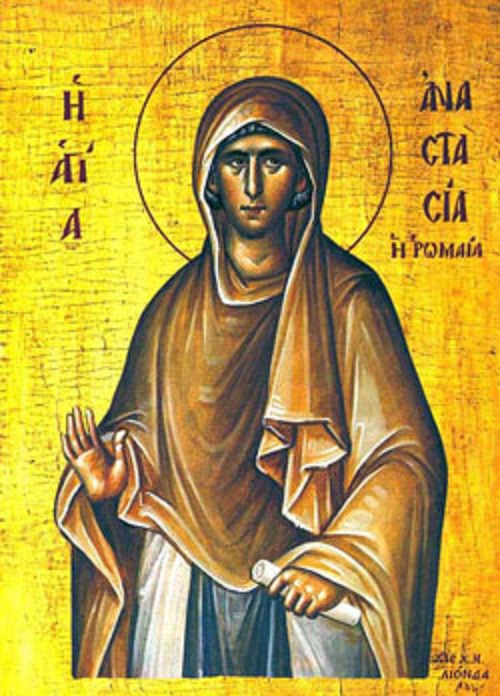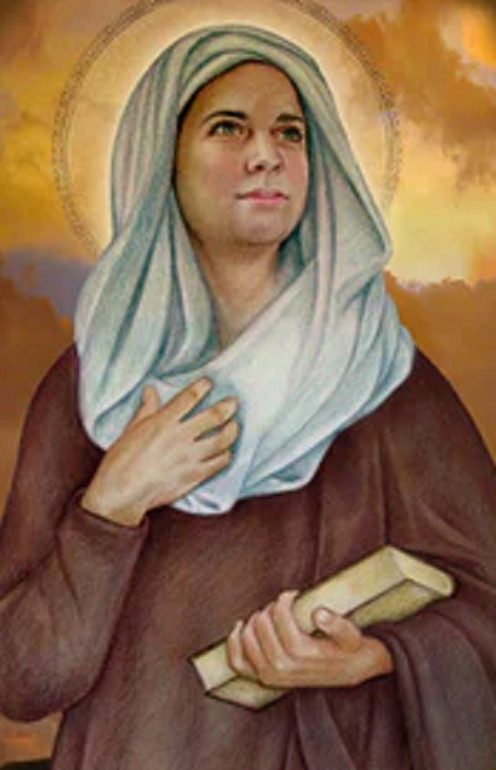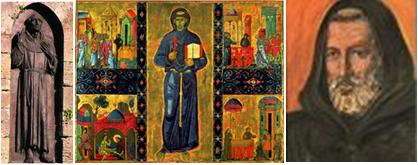
(Catholic Online) Anastasia of Sirmium, was persecuted for Christ Jesus during the reign of Emperor Diocletian (242-311) Anastasia is one of seven women commemorated by name in the Canon of the Holy Mass.
Following the death of Anastasia mother, her father gave Anastasia for marriage to a pagan Publius but she would preserve her virginity.
During the persecutions of Emperor Diocletian, Anastasia visited prisons and cared for the confessors of faith, she would feed, provide healthcare and ransomed suffering captives, when her husband learned of her charity, Publius had his wife imprisoned and beaten. Subsequent to his death, Anastasia distributed her property to the poor and suffering.
Anastasia was arrested for being a Christian and was encouraged to deny her faith in Jesus, when she refused, she was handed over to a pagan priest that presented her with the option of wealth or suffering, luxuries or torture devices, Anastasia chose torture than to deny her faith in Jesus! Enamored by her beauty, Ulpian the pagan decided to defile her purity but when he attempted to touch her he was struck blind and suffered severe pain in his head, on the way to the pagan temple Ulpian fell and died.
Once again free, Anastasia once again set out to care for imprisoned Christians until she again was arrested, this time Anastasia was ordered to be starved to death but after sixty days, she was discovered to be unharmed, subsequently a judge decided that Anastasia would be executed by drowning however was rescued by St. Theodota, Anastasia would subsequently continue on with her mission work and would later baptize one-hundred and twenty men.
Anastasia subsequently arrested again for her faith in Jesus and again sentenced to death, this time she was staked to the ground, her arms and legs stretched and burned to death in the year 304 on this date.
Jesus: “Do not fear those who kill the body but can not kill the soul, rather fear Him (Almighty God)
who can destroy both soul and body in Hell.”
–Matthew 10:28
Related: Why Do Catholic’s Seek the Intercession of Saint’s?

 St John of Kanty (1390-1473) Image Courtesy: Catholic Online
St John of Kanty (1390-1473) Image Courtesy: Catholic Online  Blessed Jacopone da Todi (1230-1306)
Blessed Jacopone da Todi (1230-1306) Saint Peter Canisius (1521-1597) –Image:
Saint Peter Canisius (1521-1597) –Image:  St. Dominic of Silos (1000-1073) Image:
St. Dominic of Silos (1000-1073) Image: 
 St. Auxentius (Died 321) — Image Courtesy:
St. Auxentius (Died 321) — Image Courtesy: 
